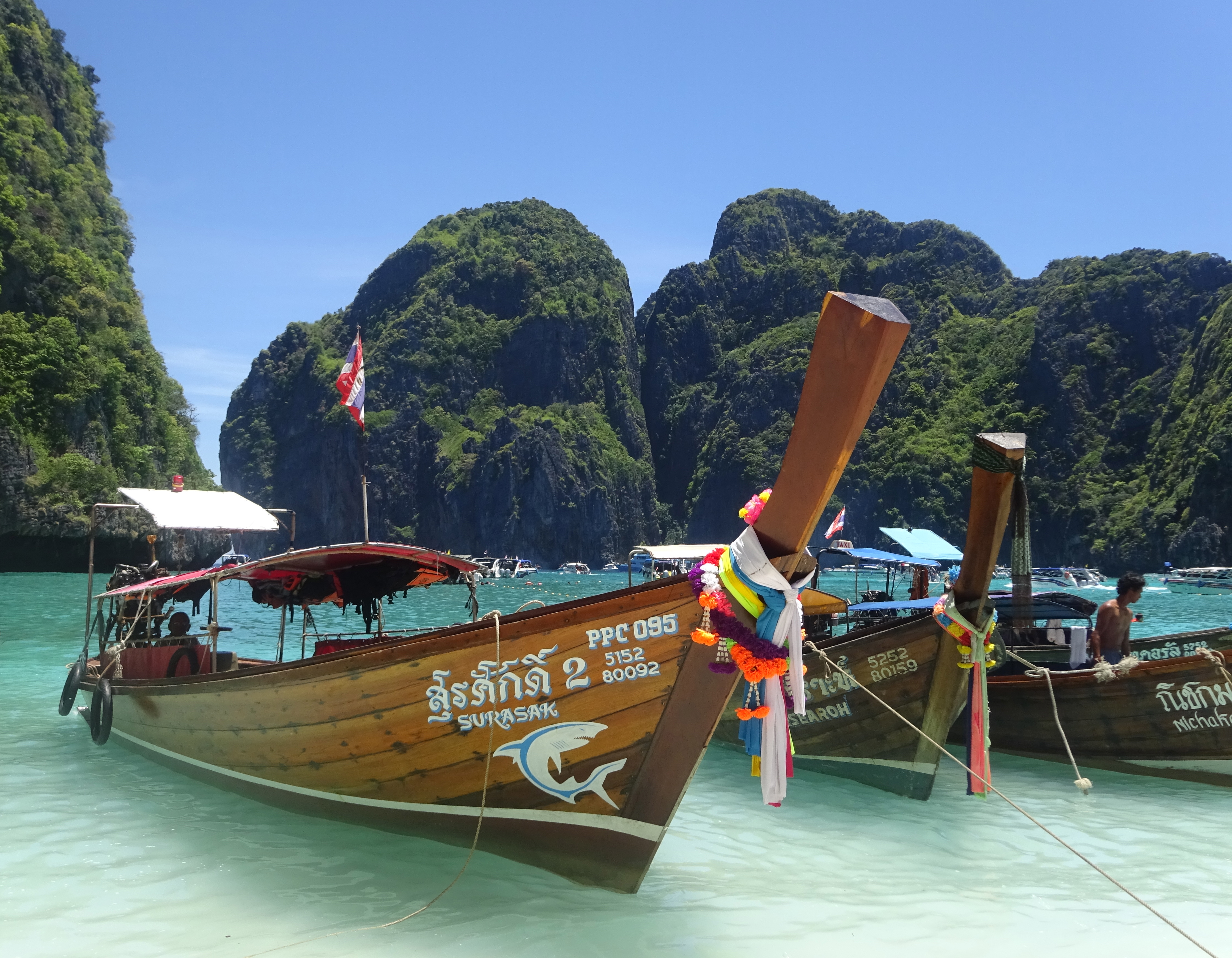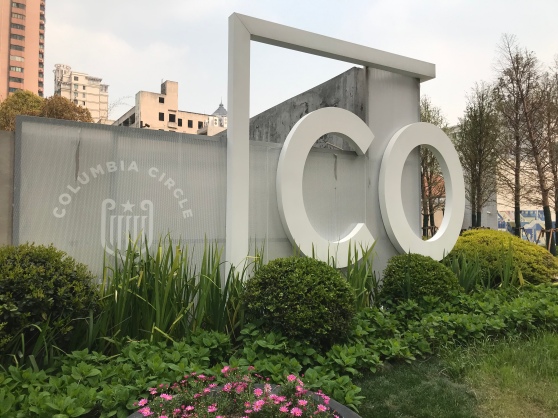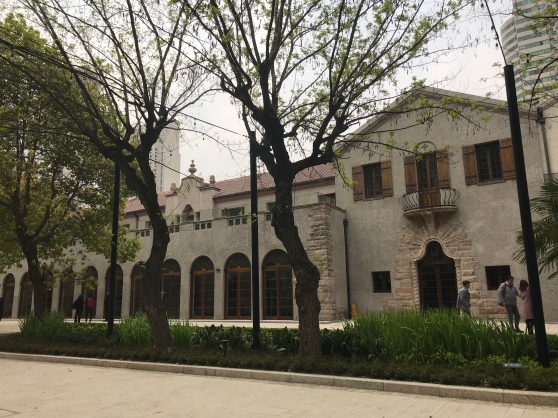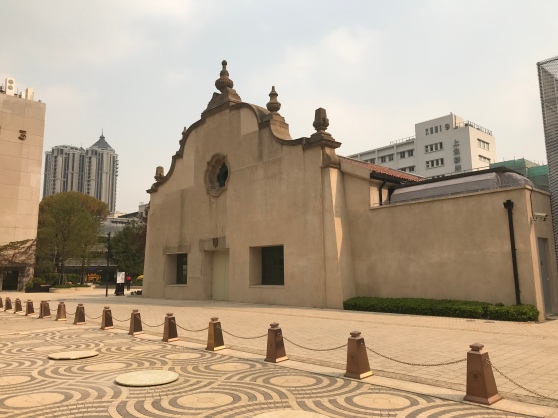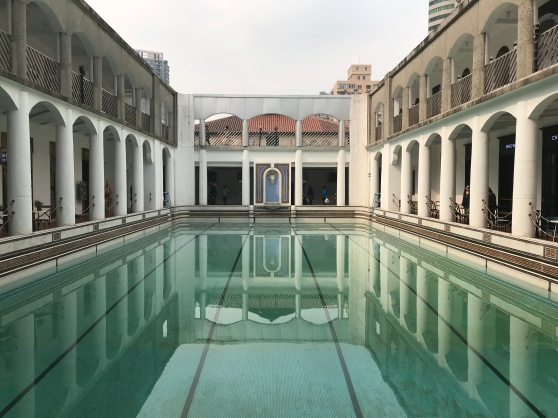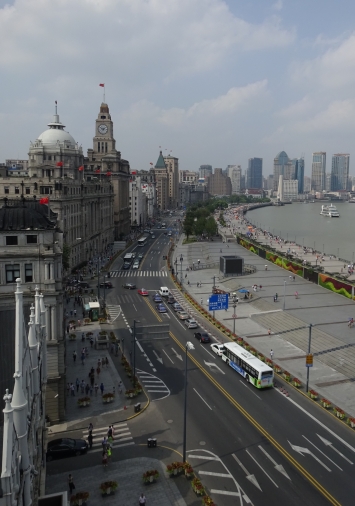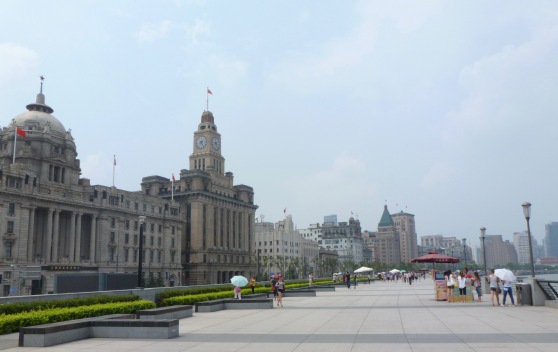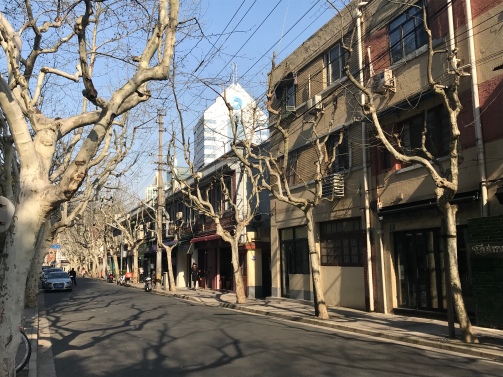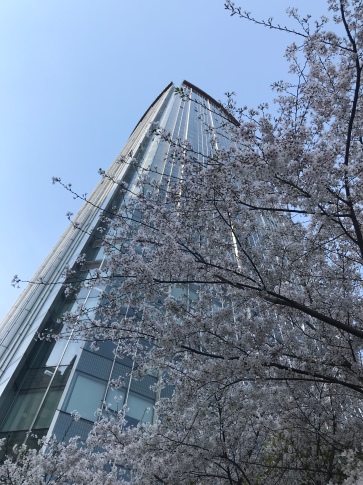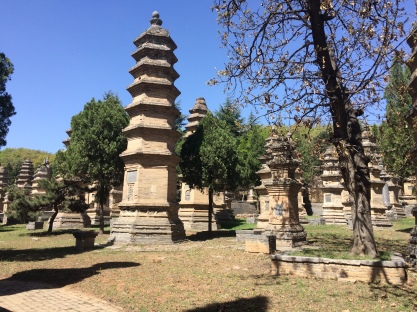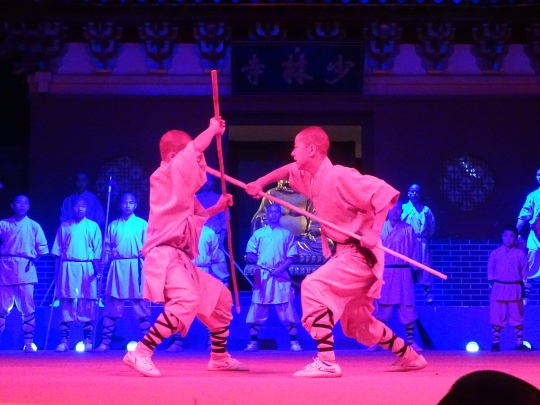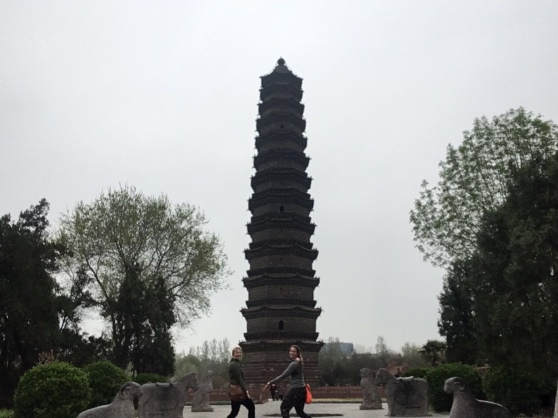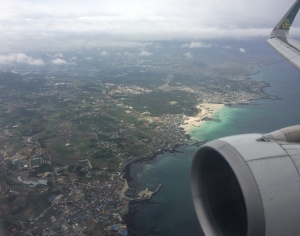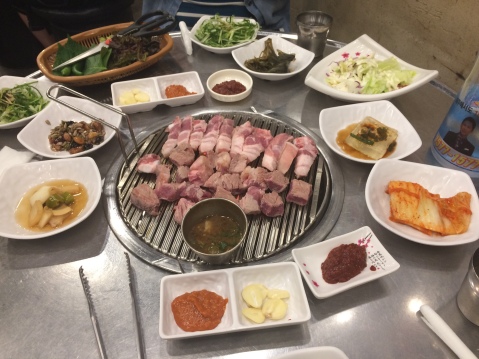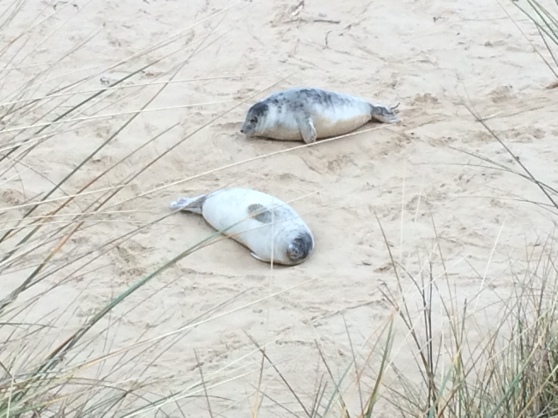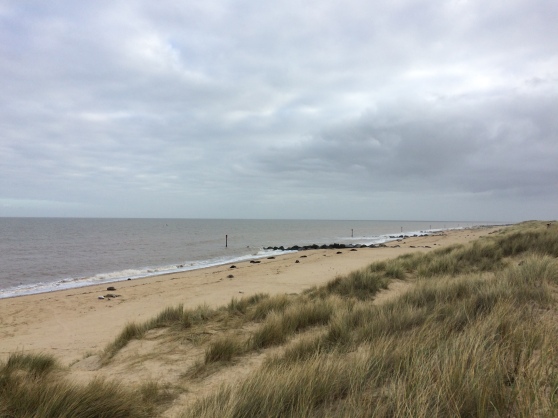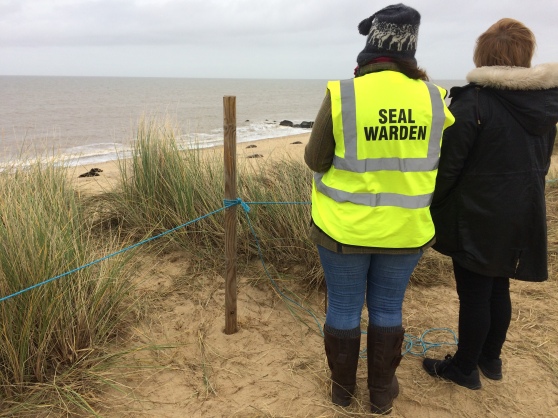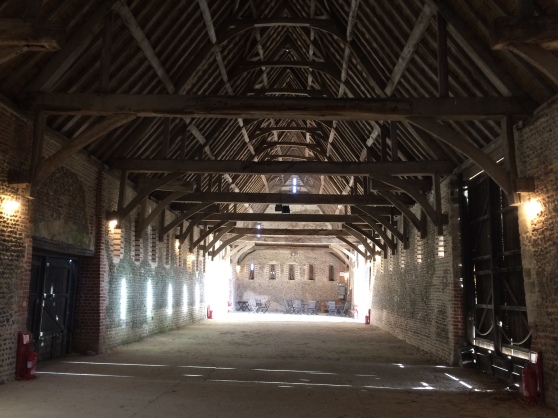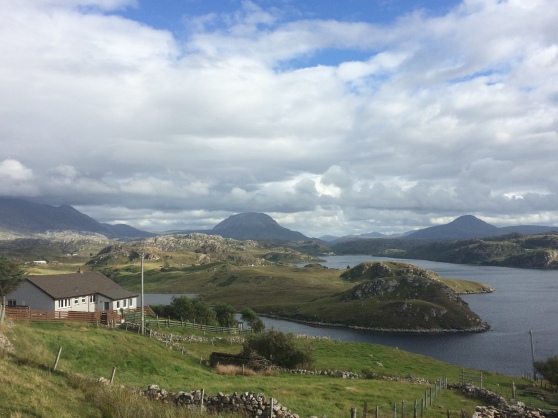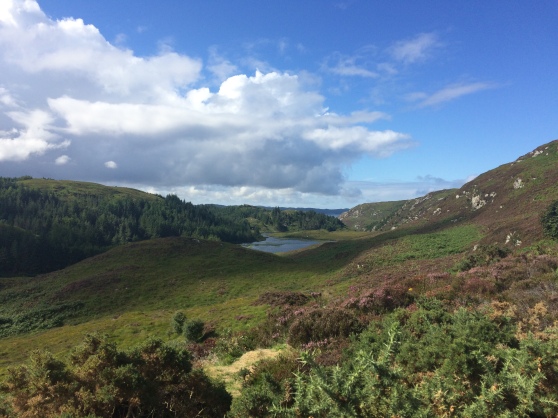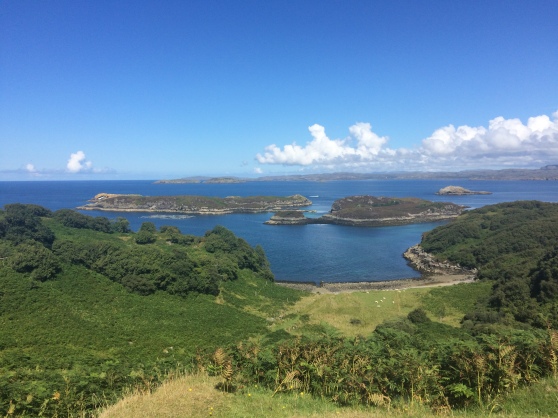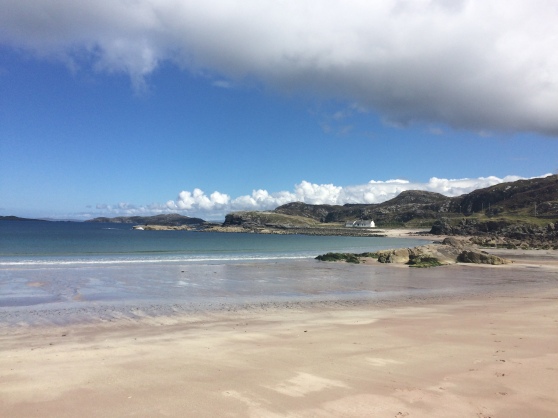Time to take a magical journey and head to the “house of Mouse”.
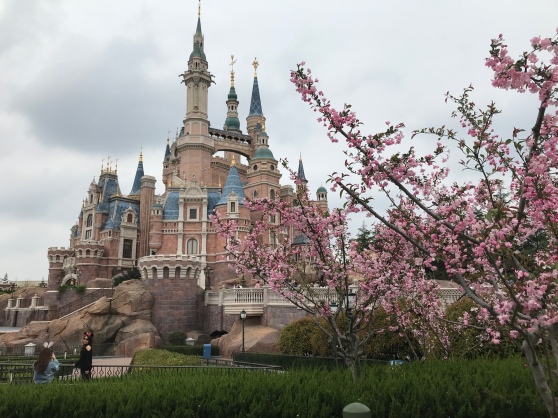
Shanghai Disneyland is out in the wilds of Pudong. Easily accessible to on metro line 11 with its own purpose built station. Arriving early with pre-purchased tickets (you use your id and booking information at the gates to receive your physical ticket) is the best way to start your day.
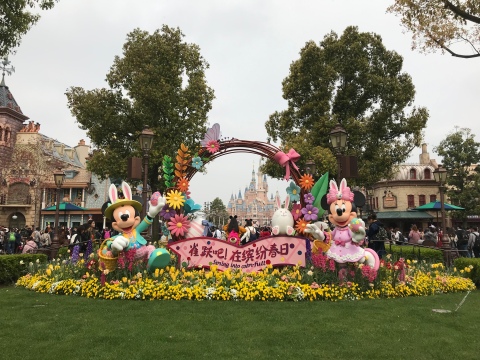
The park is huge and beautifully designed with acres of gardens and picnicking spots. There are a variety of rides and entertainment options, with less of an emphasis on thrill rides which are not so popular with domestic tourists.
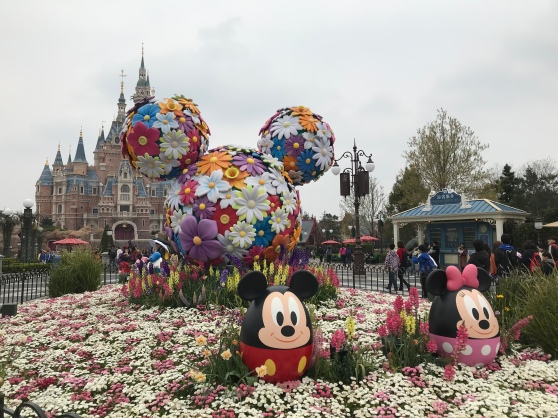
Fast passes are available and if you want to visit the Soaring Over the Horizon I suggest buying passes. The lines never dipped below a 2 hour wait on our visit!.
The raging rapids is a cute water ride with the possibility of a thorough drenching. Waterproofs recommended!
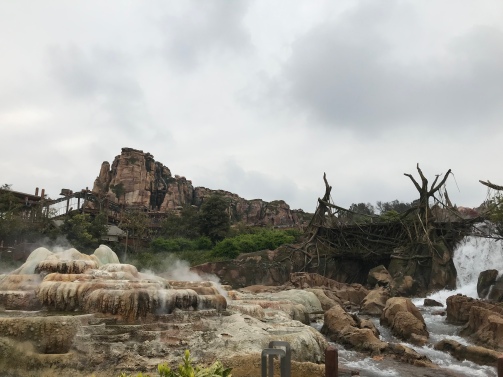
There are lots of live shows which are visually spectacular if confusing for non-Mandarin speakers. We enjoyed the Pirates of the Caribbean performance with its amazing acrobatics.
The visually gorgeous Treasure Cove is great fun and the CGI enhanced ride Battle for Sunken Treasure is beautifully executed. Stop to spot some pirates and pay a visit to Captain Jack.
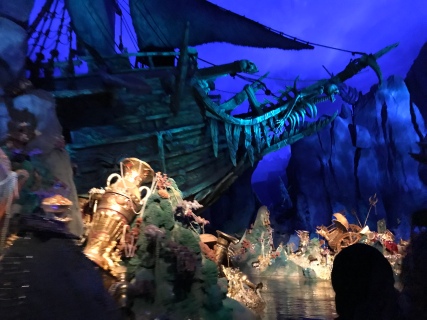
The absolute show stopper though has to be Tron. The coaster is ridden motorcycle style and can hit nearly 60mph (if you’re lucky). It’s absolutely great!
